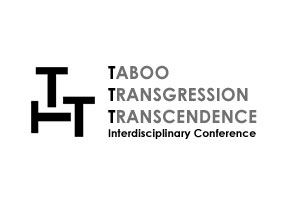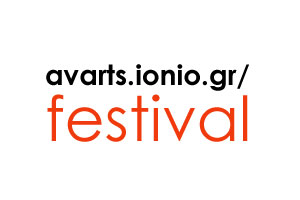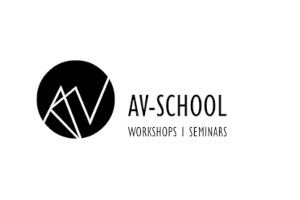Having taken part in your previous editions, this year, I am requesting to join your Conference with the proposition of presenting my digital art project "Data Landscapes and the Body Silos". I wish to present the conceptualisation as well as the creative path linking how the subject was conceived and to discuss what the creative process and practice that i followed were.
This hybrid concept suggests that bodies, like landscapes, can be mapped, aestheticized, controlled, and interpreted through the lens of data, reflecting how the digital realm can reshape our perception of both the physical and natural world. But what is left to the human and the natural element after all?In this perspective, the human body is not merely a biological entity but a topography that can be analyzed, visualized, and manipulated digitally.
This reimagines the body as an interactive, data-driven (interval and external, e.g. influences on one’s appearance)landscape where skin flesh and spirit become data aestheticization*, blending organic elements with digital ideals of beauty and perfection.
* verb (used with object) , aes·thet·i·cized, aes·thet·i·ciz·ing. to depict as being pleasing or artistically beautiful; represent in an idealized or refined manner
The artworks of this series juxtapose the landscape with the body, the flesh with the digital texture, the analog with the digital references and semantics in an interplay of nature and the body, suggesting the digital space as an extension of the physical body, provoking reflection on how technology transforms our physicality into something more abstract, challenging the perception of identity and subjectivity.
Digitally generated art often involves creating, manipulating and rendering landscapes that reflect our current environmental anxieties or desires, turning natural terrains into coded spaces that respond to human impact. This conceptual framework links the organic to the synthetic, showing how the environmentbecomes another body to be observed dissected, aestheticized, and digitized; another “case” that we seek to improve to intervene to wish upon, like our own bodies and our desire for maintenance, improvement or even self-perfection.
The idea of overlapping realities speaks of the intersection of the physical body with digital data, where the way of seeing challenges and brings anew the
relationship to both our own bodies and the world around us. This could involve visual projections where the boundary between one’s body and the surrounding environment is dissolved, showing them as interconnected and part of a larger digital ecosystem.
On the one hand, Body-Environment hybrids bring art that fuses bodily forms with natural landscapes, suggesting a harmonious transition between human anatomy and geographical features.
On the other hand, the composition and the manipulation of digital landscapes created based on -and inspired by the fluid nature of landscapes, allows them to become sites of data, subject to aesthetic resolution; manipulation and digital reinterpretation and visualization. Surrealistic, as surrealism blurs these boundaries, turning traditional landscapes into distorted, dreamlike visions that evoke memory rather than reality. Surreal of mimicking-imitating.
Mimicking the images of the past, i.e. of the natural landscapes, redefining landscapes as on-screen dreamscapes. Compositions where elements of digital aesthetics—pixelated forms, glitch elements, or fluid motion effects are trying to express the emerging field of vision, by mimicking – being alike or being nostalgic about the classic landscape.
Overall, this approach creates a layered narrative where both the body and the landscape are subject to deeper reflection and free play, raising questions about what is 'real' or 'natural' in the digital world as well as about the mergence or the confusion that we experience as physical and now digital subsistances (υπόσταση).
Marializa Kambi is a multidisciplinary artist and PhD candidate at the Athens School of Fine
Arts and the University of Pireus. Her practice spans the realms of traditional and avant-
garde digital art, with a keen interest in experimenting across diverse media, including
fashion design. With an MFA in Fine Arts from the School of Fine Arts in Athens and a Master
in Fashion, Experience & Design Management from SDA Bocconi (Milan), combined with a strong
foundation in graphic and media design from the University of the Arts London, Marializa’s
work is characterized by the seamless blending of analog and digital techniques, as well as a
focus on the experience of the viewer.
Her projects are deeply transdisciplinary, exploring intersections between art, science, and
technology, and incorporating elements like biology, music, and philosophy into digital
narratives. Marializa’s artistic journey includes creating immersive installations,
experimental prints, and multimedia works, while also integrating fashion as a medium to
explore cultural and aesthetic dialogues. She has exhibited internationally—from Athens to
London, Washington DC, and Vienna—challenging conventional boundaries and provoking
new conversations about the relationship between the digital and the tangible.
Through a fusion of analog craftsmanship and digital innovation, her overall identity focuses
on inviting audiences into a dynamic dialogue with the constantly shifting landscape of
contemporary culture.
Back





